Sensory-Friendly Environments
When creating sensory-friendly environments, the emphasis is on minimizing overwhelming stimuli and providing sensory solutions that promote regulated and organized responses to sensation. The goal is to create an environment that benefits individuals with sensory differences. Here are a few examples of how to reduce irritating auditory, visual, or tactile stimulation and ways to offer calming deep touch, movement, auditory, visual, and muscle work options to create your own sensory-friendly environment.
Auditory Stimulation:
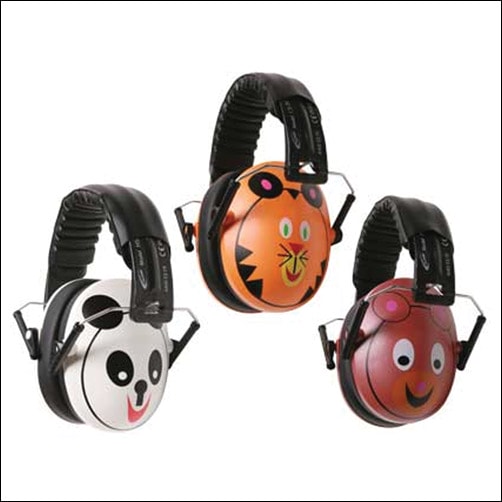
- Provide noise-canceling headphones or earbuds to reduce or eliminate loud or overwhelming sounds.
- Offer a quiet area or soundproofing measures to create a space with reduced auditory stimulation.
- Use white noise machines or calming music to create a soothing auditory environment.
Visual Stimulation:
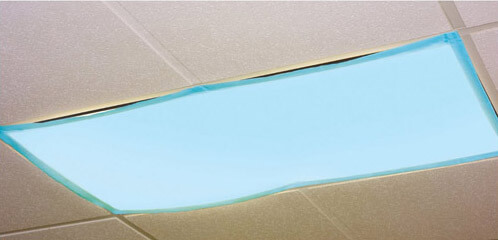
- Use soft, neutral colors on walls and furnishings to create a calming visual atmosphere.
- Provide adjustable lighting options, such as dimmers or natural light.
- Use curtains, blinds, or fluorescent light covers to regulate incoming light and reduce glare.
- Create visual points of interest, such as calm and nature-themed artwork.
- Avoid overcrowding walls with visuals.
- Leave some walls blank or with very minimal visual input.
Tactile Stimulation:
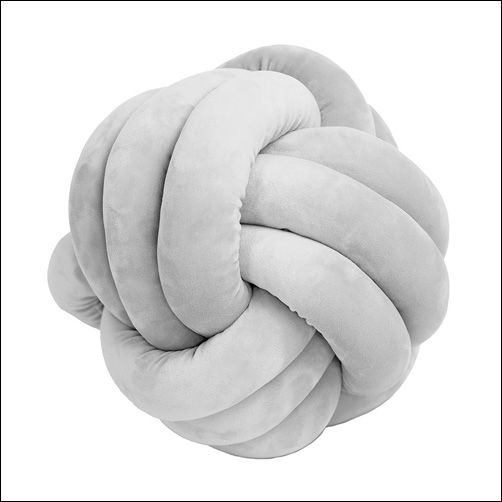
- Offer sensory-friendly materials, such as soft fabrics, textured surfaces, or materials that can be held or manipulated and aren’t scratchy and irritating.
- Create sensory bins or tactile centers with various materials like pinto beans, rice, or soothing textured objects for tactile exploration.
Calming Deep Touch and Movement:

- Give options for deep pressure touch, such as weighted shoulder wraps, laps pads, weighted blankets or compression tubes.
- Provide spaces for movement, such as sensory swings, rocking chairs, Bin Chairs, or ball chairs.
- Movement in straight lines; forward/backward, up/down or side to side is generally more regulating than rotary or irregular movement.
Muscle Work:
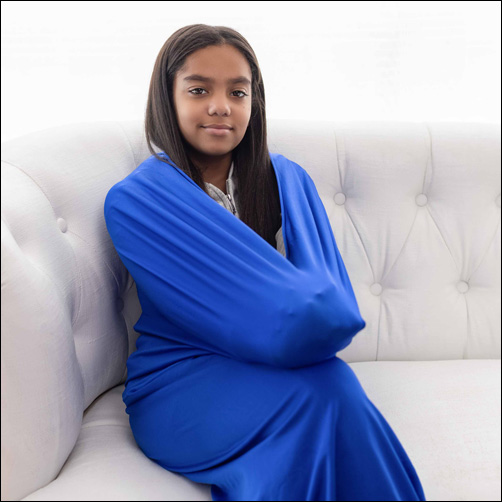
- Provide visual options for ways to use muscles; wall push-ups, chair push-ups, squeeze balls, resistance bands, resistive compression tubes, bear walking or crab walking.
- Provide other visuals options for ways to move that require muscle work such as kids yoga cards.
Remember that each individual may have unique sensory preferences, so it’s important to offer a variety of options and allow for personalization. By considering these strategies and tools, you can create a sensory-friendly environment that caters to the sensory preferences of individuals, promotes regulation, and enhances their overall well-being.
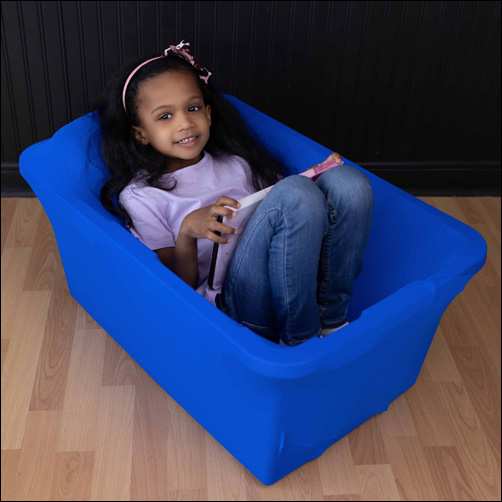
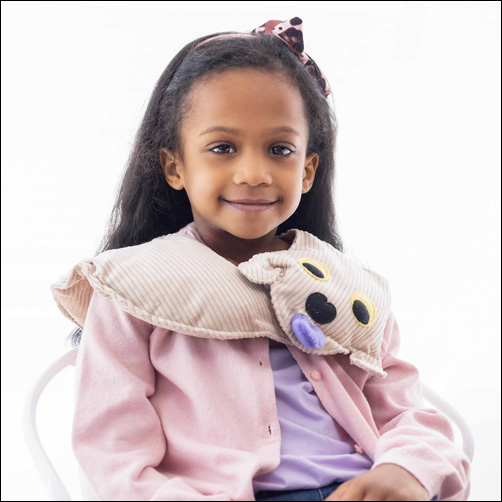
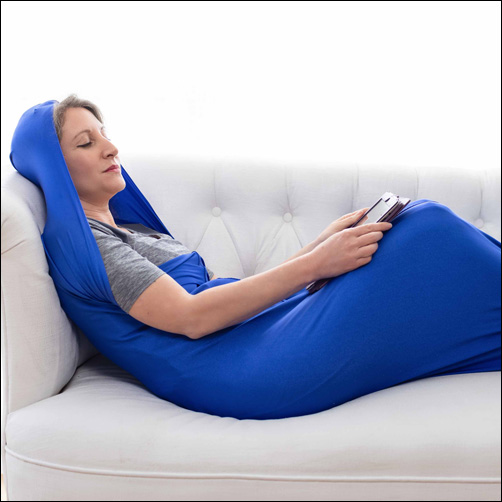
It is important to note that all occupational therapists are trained in sensory processing and many have extensive experience and deep understanding in this area. Whenever possible, seek guidance from an occupational therapist for individualized sensory recommendations.
Stay tuned for our next installment of Everyday Sensory Solutions by Sommerfly.
For more information about Sommerfly Products visit Therapro.com.
Guest Blogger: Kristi Langslet, OTR/L
Kristi Langslet, OTR/L is the proud owner of Sommerfly, a company dedicated to providing individuals of all ages with sensory needs unique product designs that are meticulously crafted in the USA for optimal quality and construction. Most importantly, Sommerfly’s passion is to serve those who use our products.

